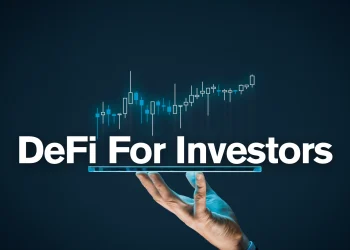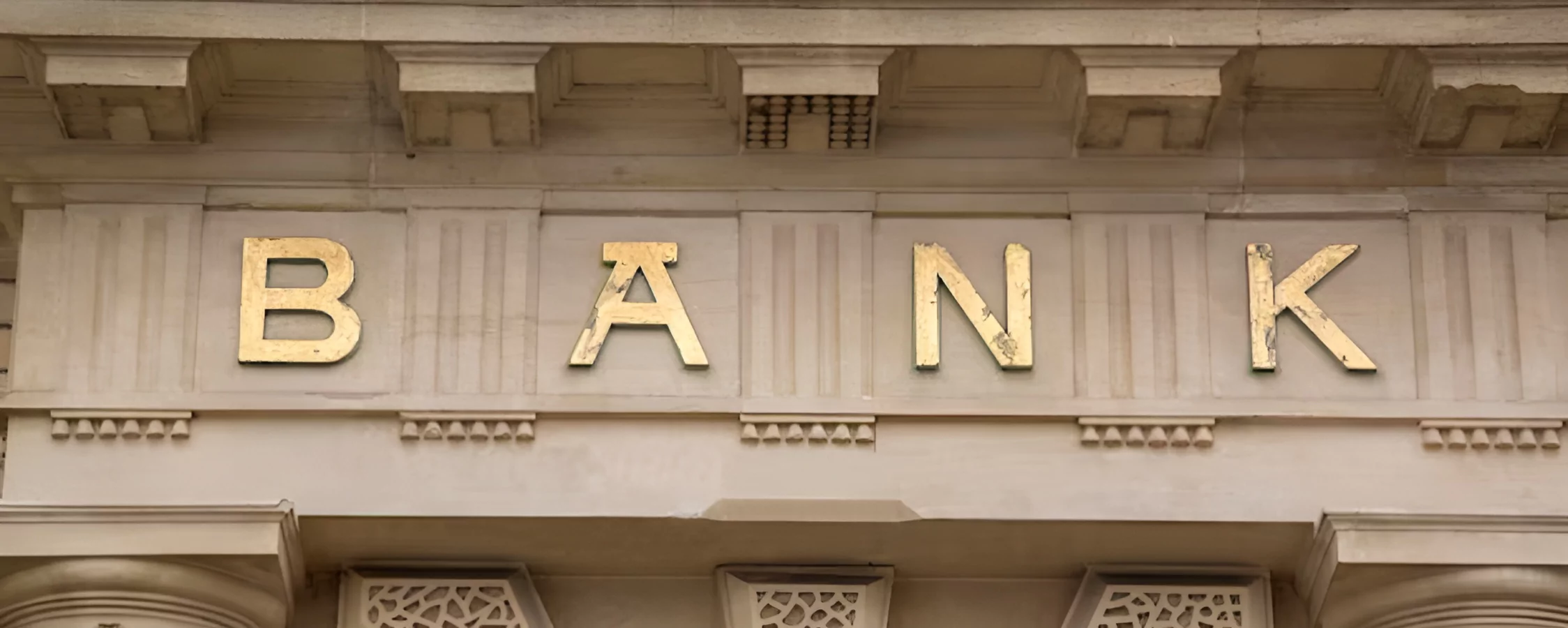The definition of blockchain explorers is a tool that provides you with real-time information about blockchain networks. Blockchain explorer platforms focus on blockchain technology’s decentralized and publicly accessible characteristics. Within blockchain systems, they inform users to review transactions, blocks, wallet addresses, and other relevant data. Anyone attempting to navigate or comprehend the complex details of blockchain networks must have a solid understanding of how a blockchain explorer functions and what it offers.
Definition of Blockchain Explorer
An application or website that lets people search and browse through data on a blockchain network is called a blockchain explorer. It offers up-to-date facts on addresses, blocks, transactions, and other significant information found in the blockchain.
The Development and History of Blockchain Explorers
Blockchain explorers have advanced significantly since Bitcoin’s inception. At first, they were just simple instruments with limited capabilities. They now have developed to meet the increasing need for transparent and easily available blockchain data by adding additional capabilities, enhancing user interfaces, and supporting numerous blockchain networks.
How Blockchain Explorer Works
Blockchain technology functions similarly to a decentralized ledger on a computer network, recording transactions. Every transaction is kept in a block and connected to the one before it, which is how a chain of blocks is formed—thus the term “blockchain.”
Users may see and examine transaction details, keep an eye on network activity, and confirm the accuracy of data recorded on the blockchain by using a blockchain explorer, which serves as a window into the blockchain network. In the decentralized cryptocurrency realm, it is a tool for accountability and transparency.
The Components and Key Features of a Blockchain Explorer

Blockchain explorers are characterized by an intuitive user interface, but inside are complex technological elements like databases for storing and indexing data, cryptographic algorithms for validating data, and application programming interfaces (APIs) for retrieving data. Together, these elements give consumers access to blockchain data in real-time.
Some of the key features that distinguish blockchain explorers are:
Search Functionality
Looking for a specific transaction or address? The search functionality of a blockchain explorer lets you easily locate and track relevant information within the blockchain network.
Transaction Details
Get a detailed overview of each transaction, including sender and receiver addresses, transaction amount, fees paid, and confirmation status. With transaction details at your fingertips, you can verify the flow of funds on the blockchain.
Block Information
Explore individual blocks on the blockchain to see which transactions are included, when the block was mined, and the current block height. Block information provides a snapshot of the blockchain’s history and activity.
Address Information
Discover the balance and transaction history associated with a specific address. Whether you’re monitoring your wallet or investigating others, address information gives insights into the movement of cryptocurrencies within the blockchain network.
Benefits of Using a Blockchain Explorer
Transparency and Immutability
Blockchain explorers promote transparency by allowing anyone to view and verify transactions on the blockchain. The immutability of blockchain data ensures that once a transaction is recorded, it cannot be altered or deleted, enhancing trust and security.
Verification of Transactions
With a blockchain explorer, you can independently verify the details of any transaction, including the sender, receiver, amount, and timestamp. This verification process helps prevent fraud and ensures the integrity of the blockchain network.
Enhanced Security
By providing real-time access to blockchain data, a blockchain explorer empowers users to monitor network activity and identify any suspicious or unauthorized transactions. This proactive approach to security helps safeguard assets and maintain the integrity of the blockchain ecosystem.
Understanding Blockchain Explorer Platforms
Blockchain explorers let users track transactions, look over blocks and addresses, and investigate other important data, therefore bringing transparency to blockchain networks. A lot of people utilize well-known websites like Blockchain.info, Blockcypher, and Etherscan to traverse prominent blockchains.
Each platform has its features; some focus on certain blockchains, while others provide a more extensive feature set. Their powerful search capabilities and intuitive interfaces set them apart in terms of utility.
Blockchain explorers are helpful for purposes beyond simply seeing cryptocurrency transactions. They work for the government, financial industry, and supply chain.
Explorers offer an audit trail to verify cash movements and ensure openness in the financial sector. Supply chain companies use them to track information about product shipments between partners. Governments utilize transparency to monitor compliance with regulations.
Despite offering insightful information, explorers encounter difficulties.
The potential exposure of sensitive data raises privacy concerns. The fast expansion of blockchains in terms of size and complexity raises scalability concerns. For users to feel trusted, data display must be accurate and dependable.
To improve analytics, Explorer Technology will use cutting-edge technologies like artificial intelligence. Optimizing the UI to improve the user experience is also essential. As multi-chain ecosystems develop, cross-chain interoperability will become increasingly crucial.
Conclusion
In conclusion, by increasing the transparency of decentralized networks, blockchain explorers contribute significantly to the adoption of blockchain technology. Explorers will continue to be essential tools for comprehending this complicated topic as long as technology advances. Both technical and non-technical users will benefit from their developing talents as they traverse the complexities of blockchain with ease.













